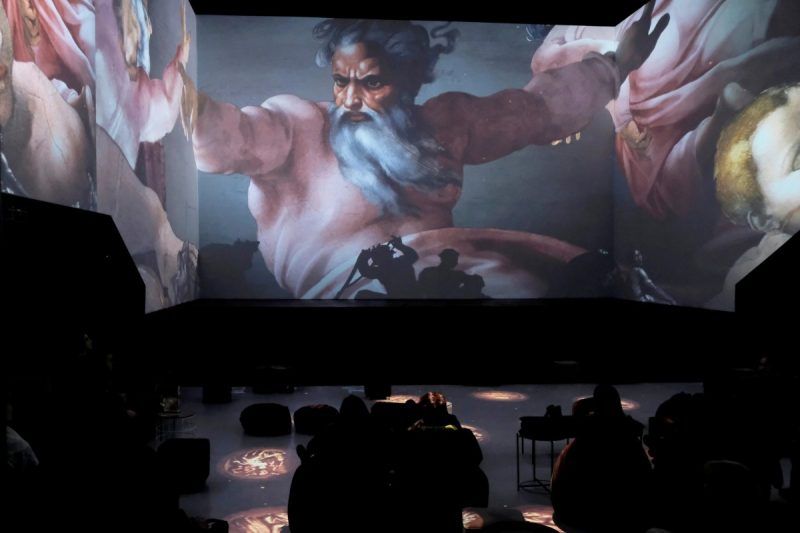
As an artist, I am a creator, though referring to myself that way makes me somewhat uncomfortable. For most of my life, the word “creator” has meant the Creator of all things, especially in the native tradition, and I would not by any means compare my meager efforts at creation to Creation.
But art is truly an act of creation. And creation is an act of art.
When we create art, it’s a product of three components: the mind, the heart and our past experiences. As an actor, sculptor and author, I have found that this interconnectedness is a large part of why art matters.
The mind, of course, is where initial ideas are conceived, whether through whimsy, inspiration or suggestion. What matters at the inception of creation is deciding whether an idea is worth pursuing. The heart then reveals to us how we feel about the idea, and we again ponder the worthiness of the pursuit. Past experiences help us weigh the personal significance of the creation we are considering. As artists, we ask ourselves: Will it serve a purpose beyond our own need to create? Does it need to?
As an actor, I have at times wondered whether acting is a true art form. Is an actor merely an interpreter of an idea created in a screenplay, script or play? Is performance in this context merely a craft, or is it an act of creation itself?
In this context, the answer might seem simple: The writer is the artist, the creator. The actor is the journeyman who interprets the plan, the story to be told.
But the actor must also rely on many other people to do his work: makeup artists, hair stylists, costume designers, directors. Photography and set design are also prime considerations. The many roles involved in producing a film rule out the notion of a sole creator or artist. The actor becomes a cog in a larger machine of creation. And each cog is an absolute necessity.
As for the question of whether an actor is a creator or an interpreter, I lean toward considering myself an indispensable craftsman tasked with a particular act of creation: a performance worthy of the story being told.
While the original idea may have been created by another, it falls to the performer to fit the situation.

Filmmaking is an especially collaborative function, and acting encompasses a bit of craftsmanship. “Dances With Wolves,” for instance, the 1990 film in which I played a Pawnee warrior, required the coordination of thousands of bison for a hunting scene, and battle scenes featured dozens of riders on horseback, along with actors doing their part to bring to life a unique story. I had to learn some of the Pawnee language to better portray my character. In fact, in my career I have spoken some 20 languages for various roles, including one that did not exist: I was asked to work with linguists crafting the language of the Na’vi, the Indigenous culture in “Avatar,” because I spoke Cherokee and had studied phonetic languages, a valuable part of my past that I brought to that film.
As a Native American actor, I’ve remained keenly aware that the wars and invasions that ravaged native populations throughout the Americas have never really ended. That knowledge, along with my own past experience, enabled me to empathetically portray characters like the Apache warrior Geronimo onscreen, and to better convey the deep sense of injustice that the real Geronimo faced.
While as an actor I’m either an arty craftsman or a crafty artist, adding and building on another’s idea, as a sculptor carving stone I find things a bit different. I remove rather than build, shaping and carving, transforming a stone from its original organic form into something familiar and pleasing to the eye. These carvings satisfy both my need to create and control the process as much as the stone allows; an added factor is the journey of creating something unique. That these pieces of art are appreciated is, of course, additionally gratifying.
I can say the same for book writing: “The Adventures of Billy Bean,” a children’s book I wrote in Cherokee and English many years ago, was also an act of creating characters in my mind and heart, and rooted in past experiences. I hope that the stories in the book provided entertainment and an uplifting message about life for young people becoming acquainted with the world around them.
If sculpting makes me a sculptor, then so be it. If writing makes me an author, then so be it. With minds, hearts and pasts, we all commit acts of creation.
Wes Studi is an actor. In 2019 he received an honorary Academy Award, the first Oscar awarded to a Native American actor.
